So it's a car parkSlightly off topic.
Another Mubility Hub is proposed as part of the Holt Town Master Plan.
I wouldn’t be surprised if one was also planned for or close to the Collar site on the Etihad Campus.
North West Construction Hub - Linkedin
Yesterday, the North West Construction Hub team enjoyed a site visit to Ancoats Mobility Hub, an exciting new £24m project being delivered by Bowmer and Kirkland Ltd .
The innovative scheme is a cornerstone for future development plans in Ancoats, and features:
•Over 400 square meters of green wall.
•150 secure bike parking spaces, complete with changing facilities and lockers.
•406 car parking spaces for residents and visitors, with 102 electric vehicle charging points.
•Up to 30 spaces dedicated to car club/ car share schemes.
•A parcel delivery hub.
•Over 400 rooftop solar panels.
• A new commercial unit, and space for a cafe overlooking Ancoats Green.
•1370 square meters of public realm work, seamlessly connecting Ancoats Green.
The project looked fantastic. The green wall is a great example of how we can integrate nature into our built environment to deliver sustainable, forward-thinking urban development. Kudos to the B&K team for bringing this project to life!
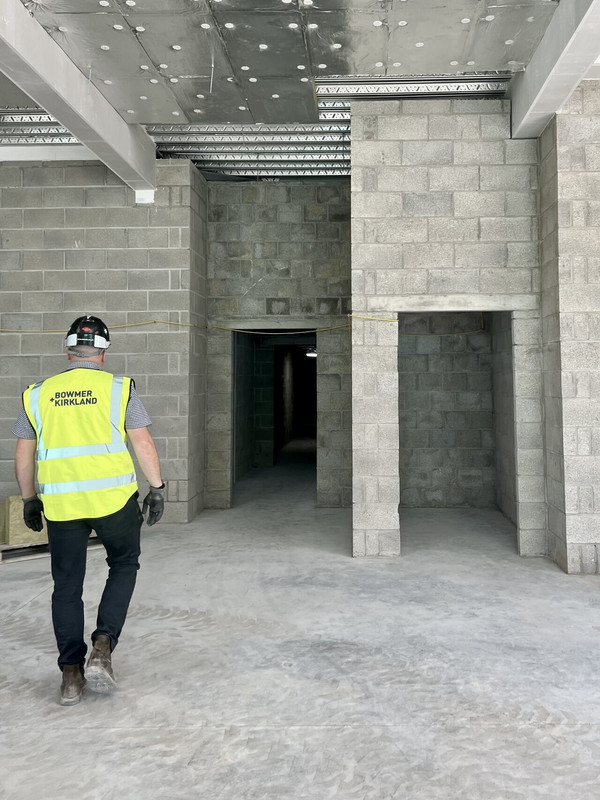
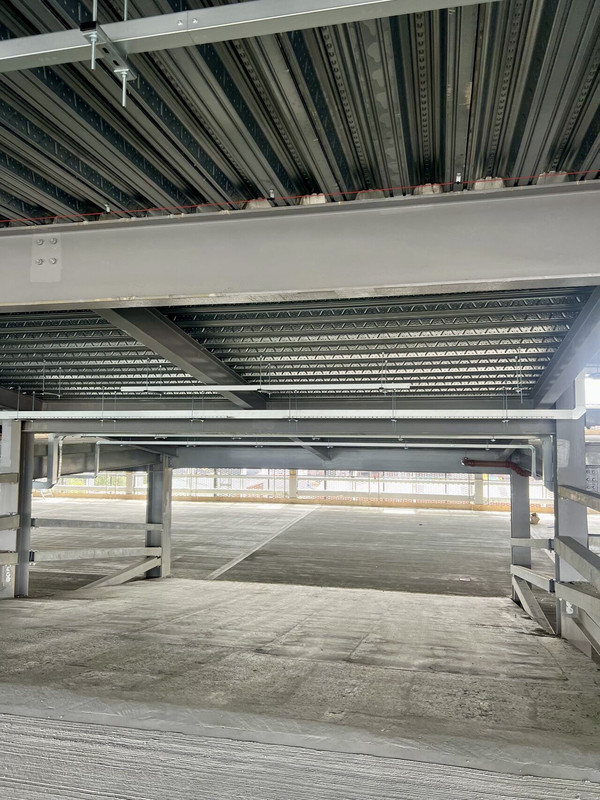
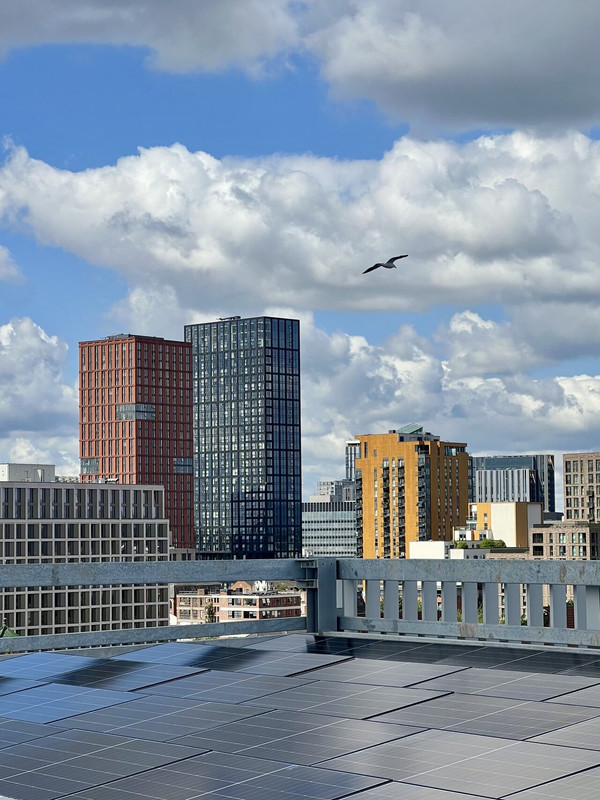
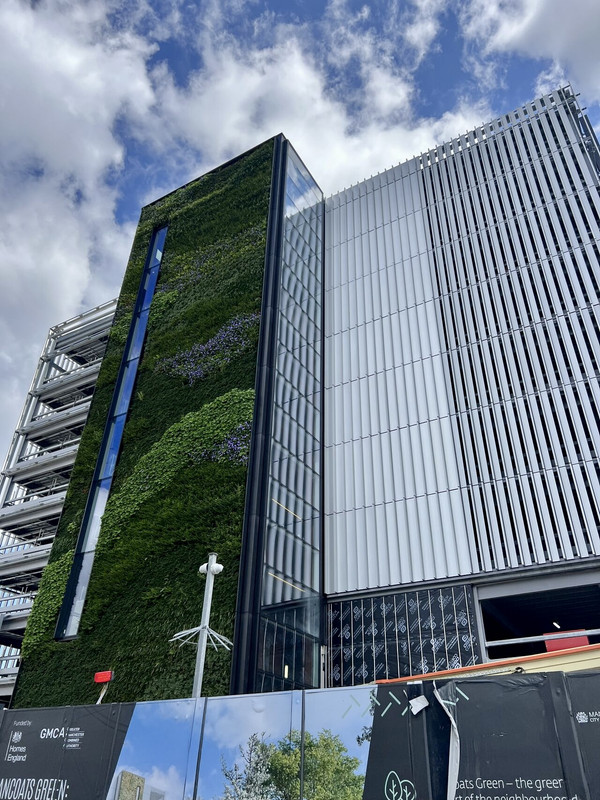
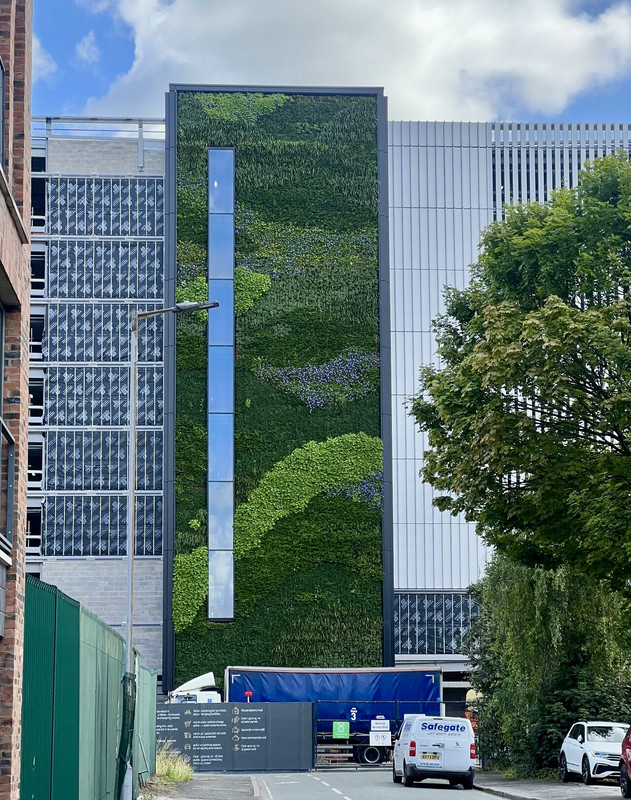
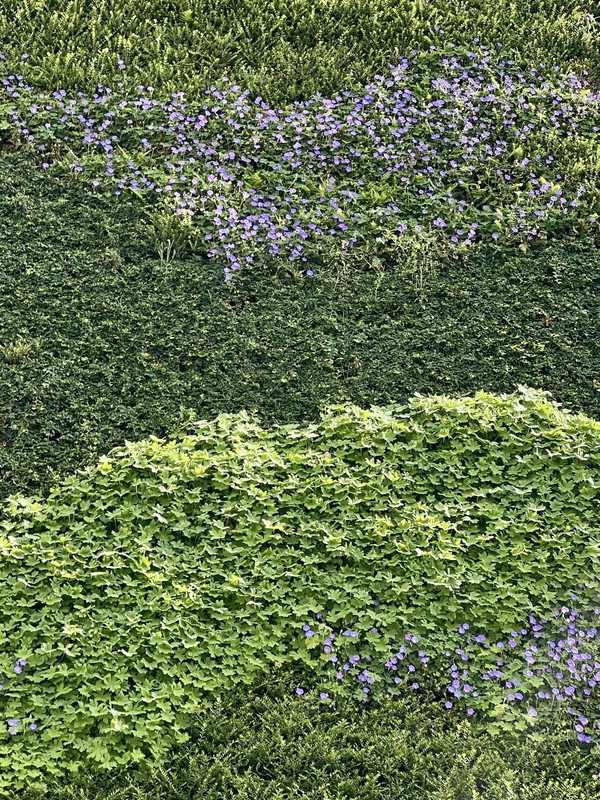
You are using an out of date browser. It may not display this or other websites correctly.
You should upgrade or use an alternative browser.
You should upgrade or use an alternative browser.
Etihad Campus, Stadium and Collar Site Development Thread
- Thread starter Danamy
- Start date
remember arthur mann
Well-Known Member
No,but it'll be a beggar to mow.Is it simply one vertical strip on a building? Is grass that expensive?
•Over 400 square meters of green wall.
The project looked fantastic. The green wall is a great example of how we can integrate nature into our built environment to deliver sustainable, forward-thinking urban development. Kudos to the B&K team for bringing this project to life!



@jrb whilst I agree in principle with much you write, I cannot understand why you are so enamoured by "green walls".
They are high maintenance, sterile, exotic planting exercises little better than cosmetic Chelsea Flower Show exhibits intended to impress on the day, removed from the real world adding little to wildlife.
My preference always is to plant large native trees, especially hardwoods like oak, ash, elm, yew, scots pine, certain sycamore, willow and beech supplemented by other large fruiting species such as walnut, chestnut, and full size fruit trees (apple, pear, damson?) with holly, hawthorrn, blackthorn, elder and the like in space in support of wildlife. (These are rarely specified by architects because they need time and care to mature)
In contrast "green walls" tend to be sterile and little more than a PR exercise. Us FOC's will remember when Manchester went smokeless and the first trees in the centre were planted in Albert Square to great fanfare. In those days you could smell Manchester as you entered by train and trees could not survive.
The amount of green we now see from drones from the docks to East Manchester as well as the city skyline is a different world to post war 1950's-1960's Manchester. It is important to me that greening is not cosmetic but long term that sustains local insect and wildlife for generations to come. A single mature oak will do more to achieve this than than several green walls.
blue44
Well-Known Member
- Joined
- 20 Jun 2009
- Messages
- 9,131
- Location
- Ashton-u-lyne,Manchester.
- Team supported
- St Marks West Gorton
Blue Maverick
Well-Known Member
- Joined
- 6 Aug 2010
- Messages
- 22,157
In regard trees I was watching a report from Ken gardens saying that due to climate changes, some indigenous trees are dying out or not lasting as long now, so they are looking at planting trees from hotter climates to compensate. Can’t wait to see bayabob and cactus trees all over Manchester!@jrb whilst I agree in principle with much you write, I cannot understand why you are so enamoured by "green walls".
They are high maintenance, sterile, exotic planting exercises little better than cosmetic Chelsea Flower Show exhibits intended to impress on the day, removed from the real world adding little to wildlife.
My preference always is to plant large native trees, especially hardwoods like oak, ash, elm, yew, scots pine, certain sycamore, willow and beech supplemented by other large fruiting species such as walnut, chestnut, and full size fruit trees (apple, pear, damson?) with holly, hawthorrn, blackthorn, elder and the like in space in support of wildlife. (These are rarely specified by architects because they need time and care to mature)
In contrast "green walls" tend to be sterile and little more than a PR exercise. Us FOC's will remember when Manchester went smokeless and the first trees in the centre were planted in Albert Square to great fanfare. In those days you could smell Manchester as you entered by train and trees could not survive.
The amount of green we now see from drones from the docks to East Manchester as well as the city skyline is a different world to post war 1950's-1960's Manchester. It is important to me that greening is not cosmetic but long term that sustains local insect and wildlife for generations to come. A single mature oak will do more to achieve this than than several green walls.
Green walls in a concrete and glass jungle are an effective way of reducing the heat retention of a building.@jrb whilst I agree in principle with much you write, I cannot understand why you are so enamoured by "green walls".
They are high maintenance, sterile, exotic planting exercises little better than cosmetic Chelsea Flower Show exhibits intended to impress on the day, removed from the real world adding little to wildlife.
My preference always is to plant large native trees, especially hardwoods like oak, ash, elm, yew, scots pine, certain sycamore, willow and beech supplemented by other large fruiting species such as walnut, chestnut, and full size fruit trees (apple, pear, damson?) with holly, hawthorrn, blackthorn, elder and the like in space in support of wildlife. (These are rarely specified by architects because they need time and care to mature)
In contrast "green walls" tend to be sterile and little more than a PR exercise. Us FOC's will remember when Manchester went smokeless and the first trees in the centre were planted in Albert Square to great fanfare. In those days you could smell Manchester as you entered by train and trees could not survive.
The amount of green we now see from drones from the docks to East Manchester as well as the city skyline is a different world to post war 1950's-1960's Manchester. It is important to me that greening is not cosmetic but long term that sustains local insect and wildlife for generations to come. A single mature oak will do more to achieve this than than several green walls.
City’s in the height of summer, just absorb and retain heat in their concrete, the addition of a green wall, as well as being asthetically pleasing ( to some), reduces the heat absorption and retention.
Iirc the temperature near a green wall is significant degrees lower than an equivalent concrete/glass wall.
In places that have no large spaces to plant trees, then the green walls offer the only way of getting some, albeit maybe sterile, natural planting into the area. And to my mind , ‘any’ flora and fauna added to a City is better than sterile heat sink concrete
Last edited:
Centurions
Well-Known Member
I didn't know about the heat aspect of green walls but I am puzzled by this 'sterile' claim? Personally, I find them brilliant especially given the alternative of grey concrete. I don't get why any criticism of them could be put forward. Also, why are they high maintenance?Green walls in a concrete and glass jungle are an effective way of reducing the heat retention of a building.
City’s in the height of summer, just absorb and retain heat in their concrete, the addition of a green wall, as well as being asthetically pleasing ( to some), reduces the heat absorption and retention.
Iirc the temperature near a green wall is significant degrees lower than an equivalent concrete/glass wall.
In places that have no large spaces to plant trees, then the green walls offer the only way of getting some, albeit maybe sterile, natural planting into the area. And to my mind , ‘any’ flora and fauna added to a City is better than sterile heat sink concrete
Yes, I didn’t answer about ‘sterile’ - I don’t know where the original poster got that from. Nor the high maintenanceI didn't know about the heat aspect of green walls but I am puzzled by this 'sterile' claim? Personally, I find them brilliant especially given the alternative of grey concrete. I don't get why any criticism of them could be put forward. Also, why are they high maintenance?
Centurions
Well-Known Member
No, not aimed at you specifically bud.Yes, I didn’t answer about ‘sterile’ - I don’t know where the original poster got that from. Nor the high maintenance
Edit: @spiny in fact
Yes, I didn’t answer about ‘sterile’ - I don’t know where the original poster got that from. Nor the high maintenance
Green walls are neither self supporting nor self sustaining, hence "sterile" and "high maintenance". We have different viewpoints on the costs/benefits of green walls as opposed to green planting on the ground. It is all comparative and we disagree on the premise and whole life cost benefits of such schemes so no point in arguing.
However, external green walls are generally made up of hydroponically watered trays of plants. Plant species are chosen for their appearance and suitability to survive in that environment rather than attracting insects and other life. Plants grow and die so need maintaining.
I randomly pulled out a guide to green walls from US designers that sets out benefits but also says
- planted panels are not cheap but can last up to 25 years
- plants can die any time but can expect a life of 5-10 years for most species used
- hydroponic systems must be installed, run and maintained
Quote "Are living green walls difficult to maintain? The simple answer is yes."
